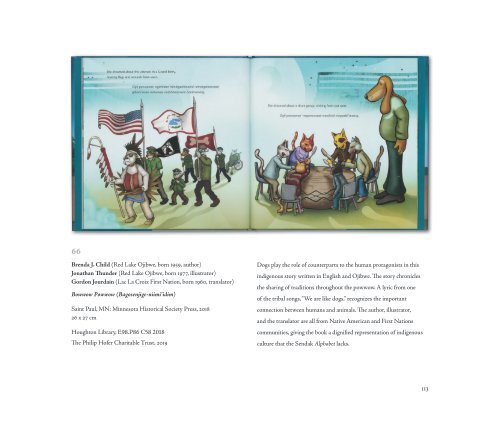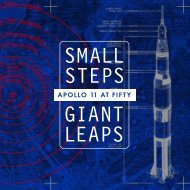Animals Are Us: Anthropomorphism in Children’s Literature; Celebrating the Peter J. Solomon Collection
Why do we tell stories to children through and about animals? Are there reasons why we shouldn’t? Animals Are Us invites explores these questions and more through influential historic examples of anthropomorphism in dialogue with contemporary books drawn from the collection of Peter J. Solomon (Harvard College Class of 1960, MBA 1963) and the holdings of Houghton Library. The exhibition invites you to engage critically with animal anthropomorphism, and delight in the artfulness of this enduring literary genre. Catalog of an exhibition on view at Houghton Library, Harvard University, September 1, 2021 - January 7, 2022.
Why do we tell stories to children through and about animals? Are there reasons why we shouldn’t? Animals Are Us invites explores these questions and more through influential historic examples of anthropomorphism in dialogue with contemporary books drawn from the collection of Peter J. Solomon (Harvard College Class of 1960, MBA 1963) and the holdings of Houghton Library. The exhibition invites you to engage critically with animal anthropomorphism, and delight in the artfulness of this enduring literary genre.
Catalog of an exhibition on view at Houghton Library, Harvard University, September 1, 2021 - January 7, 2022.
You also want an ePaper? Increase the reach of your titles
YUMPU automatically turns print PDFs into web optimized ePapers that Google loves.
66<br />
Brenda J. Child (Red Lake Ojibwe, born 1959, author)<br />
Jonathan Thunder (Red Lake Ojibwe, born 1977, illustrator)<br />
Gordon Jourda<strong>in</strong> (Lac La Croix First Nation, born 1960, translator)<br />
Bowwow Powwow (Bagosenjige-niimi’idim)<br />
Sa<strong>in</strong>t Paul, MN: M<strong>in</strong>nesota Historical Society Press, 2018<br />
26 x 27 cm<br />
Houghton Library, E98.P86 C58 2018<br />
The Philip Hofer Charitable Trust, 2019<br />
Dogs play <strong>the</strong> role of counterparts to <strong>the</strong> human protagonists <strong>in</strong> this<br />
<strong>in</strong>digenous story written <strong>in</strong> English and Ojibwe. The story chronicles<br />
<strong>the</strong> shar<strong>in</strong>g of traditions throughout <strong>the</strong> powwow. A lyric from one<br />
of <strong>the</strong> tribal songs, “We are like dogs,” recognizes <strong>the</strong> important<br />
connection between humans and animals. The author, illustrator,<br />
and <strong>the</strong> translator are all from Native American and First Nations<br />
communities, giv<strong>in</strong>g <strong>the</strong> book a dignified representation of <strong>in</strong>digenous<br />
culture that <strong>the</strong> Sendak Alphabet lacks.<br />
113



